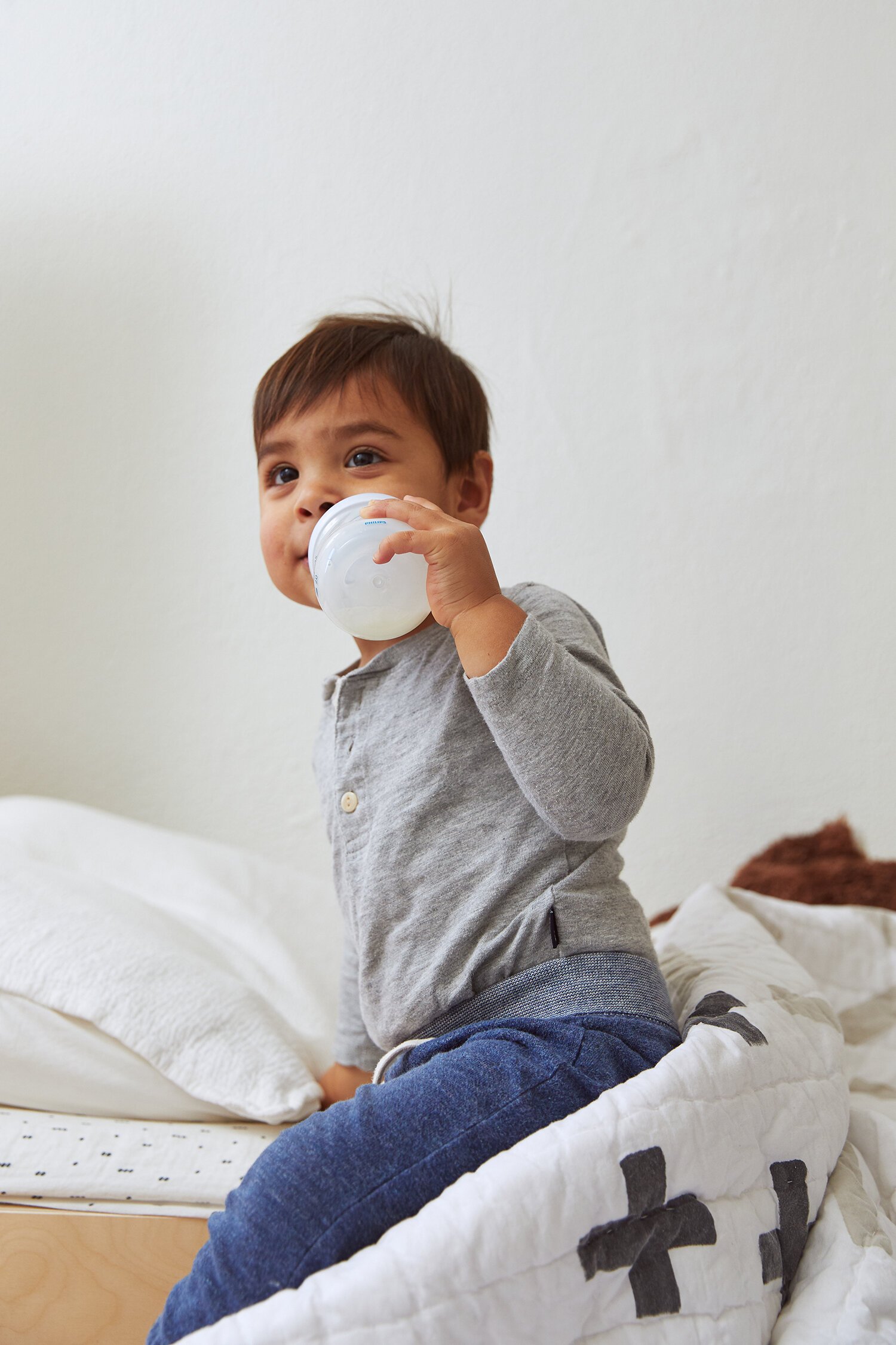Our Simple 2-Year-Old Pre-Nap Time Routine
Once Lee started getting onto a regular sleep and nap schedule, I knew it was important for us to establish a nap time routine for him: a clear order of events that signals it’s time for our little one to rest. However, I initially misunderstood nap time routines to be these highly orchestrated rituals that took at least a half hour to complete.
After a rough patch with the four month sleep regression and meeting with a sleep consultant (more on that experience here), I learned that having these long, drawn out and carefully choreographed routines is not really necessary in terms of helping your baby and toddler shift into nap time mode.
Rather, a good naptime routine should be:
An abbreviated version of your bed time routine.
Simple, direct, and easy for you to manage.
A routine that you can “travel” with-- meaning, if your baby needs to nap at a relative’s house, you’re able to follow the same general order of pre-nap events.
Here is the loose (but predictable) nap routine that we started with our baby at 5 months and continue to practice now that he is a 21-month-old toddler. This nap time routine helps us get our little one down for a nap in 15 minutes flat:
T-Minus 15 Minutes to Nap Time: Signaling It’s Time to Wind Down
We kick off our routine by telling Lee the steps we will take to get to nap time, “Lee, lunch is done, so it’s time to change your diaper and drink your milk. Then it’s nap time.” (Truthfully we usually just leave Lee’s dirty lunch dishes and clean them after he goes down for his nap.) We fill his milk bottle, grab a pacifier, and bring Lee to his bedroom.
Coaching your toddler on “what comes next” helps them feel prepared and secure. Your toddler is less likely to spiral out if they are familiar with and prepared for a particular pattern of events that ultimately end in nap time. Moreover, having this layer of predictability to their day will bolster your child’s confidence because they are secure in knowing their basic needs are consistently met.
T-Minus 10 Minutes to Nap Time: Setting the Scene
Before we change Lee’s diaper, we lower his black out shades and turn on the white noise machine. This immediately sets a calming environment and is a clear cue to Lee that it’s time to start winding down.
As we continue our narration (“Now we’re going to change your diaper and put on our pajamas”), we speak softly and cut down on any extra chatter. While Lee has his bottle, we change him out of his diaper and street clothes into a fresh diaper and pajamas.
T-Minus 5 Minutes to Nap Time: Relaxing in Bed
We’ll bundle Lee up in his sleep sack, pop his pacifier into his mouth, and lay him on his bed. If he seems only a little drowsy, we’ll read him a book. If he is wired, it’s his cue (red flag?) that he’s overly tired and we need to evacuate the room ASAP for him to get to bed.
Nap Time: A Good Night Kiss Without Much Pomp and Circumstance
We will tuck his stuffed animal under his arm and kiss him good night. Then we promptly leave the room, even if Lee is whining a bit for another kiss, hug, or book; this is his latest stalling tactic to lure us into staying with him longer. As tempting as it is to cuddle him until he doses off, it’s a disservice to all of us: he will inevitably wake up when we leave and we are then trapped in his room.
Lee typically falls asleep on his own, but there will be afternoons when he is so tired that he actually loops back around to being an energetic maniac. When those difficult afternoons happen, we have to fall back on our Ferber Method approach of waiting at increasingly longer intervals before going in to soothe him. We employed this technique when Lee was a baby and it helped immensely in teaching him how to self-soothe.

